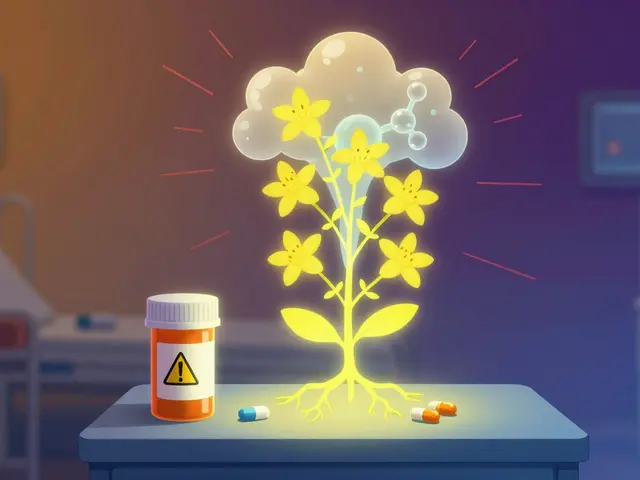Inflammation: What It Is and What You Can Do About It
You probably know inflammation as pain, redness or swelling after an injury. That’s acute inflammation — your body fighting damage. Chronic inflammation is quieter but more dangerous: it can raise your risk for heart disease, diabetes, joint damage and other long-term problems. Knowing the difference helps you pick the right steps, fast.
Start by spotting the signs. Acute inflammation usually shows up with heat, redness, swelling and pain at one spot. Chronic inflammation may feel like persistent fatigue, unexplained joint stiffness, low-level aches, or digestive trouble that won’t go away. If symptoms stick around for weeks or get worse, talk to a doctor.
Quick, practical steps to calm inflammation
1) Use basic first-aid for new injuries: rest, ice, compression and elevation (RICE) for the first 48–72 hours. Ice reduces swelling; heat can help after the first few days if stiffness is the problem. Don’t overdo it — short, regular sessions work better than long ones.
2) Over-the-counter NSAIDs like ibuprofen or naproxen help many people. They reduce pain and swelling but can irritate the stomach, raise blood pressure, or affect the kidneys if used long-term. If you have heart disease, ulcers, or kidney problems, check with your clinician before regular use. For short-term control of severe pain, certain stronger options exist — our guide on Toradol explains when those may be appropriate.
3) Try evidence-backed supplements and foods. Omega-3 fish oil, curcumin (from turmeric), and a Mediterranean-style diet (lots of veggies, olive oil, whole grains, and fish) show consistent benefits for reducing systemic inflammation. Cut back on refined sugar, processed foods and excess alcohol — these tend to fuel inflammatory pathways.
Natural tools that actually help
Herbal and topical options can help with mild inflammation. Arnica creams may ease bruises and muscle soreness; wild thyme and buck’s-horn plantain are used for respiratory and immune support in traditional and recent research. Treat these as complementary — they’re not substitutes for medical care when infections or severe inflammation are present.
Lifestyle changes pay off fast. Aim for regular movement (even daily 20–30 minute walks), consistent sleep, stress reduction (try short breathing breaks), and healthy body weight. Smoking raises inflammation quickly, so quitting is one of the best moves you can make.
Know the red flags. High fever, spreading redness, severe pain, sudden swelling of face or throat, or breathing trouble need urgent care. Also, if common treatments don’t help after a week or two, get evaluated — chronic inflammation often needs targeted testing and a treatment plan.
Want more practical reading? Check related articles on medicines, safe NSAID use, and natural supplements to find options that fit your needs. Small, steady changes often beat dramatic fixes — and reduce inflammation without risking more harm.
In my latest blog post, I delve into the psychological impact of chronic swelling, a condition that often goes beyond physical discomfort. Living with constant inflammation can lead to feelings of frustration and helplessness, as it may limit daily activities and affect one's self-esteem. Anxiety and depression are also common emotional responses to this persistent issue. It's important to remember that seeking professional help, like therapy or counseling, can be beneficial in coping with these emotional challenges. By addressing the psychological impact of chronic swelling, we can work towards improving mental wellbeing and overall quality of life.



